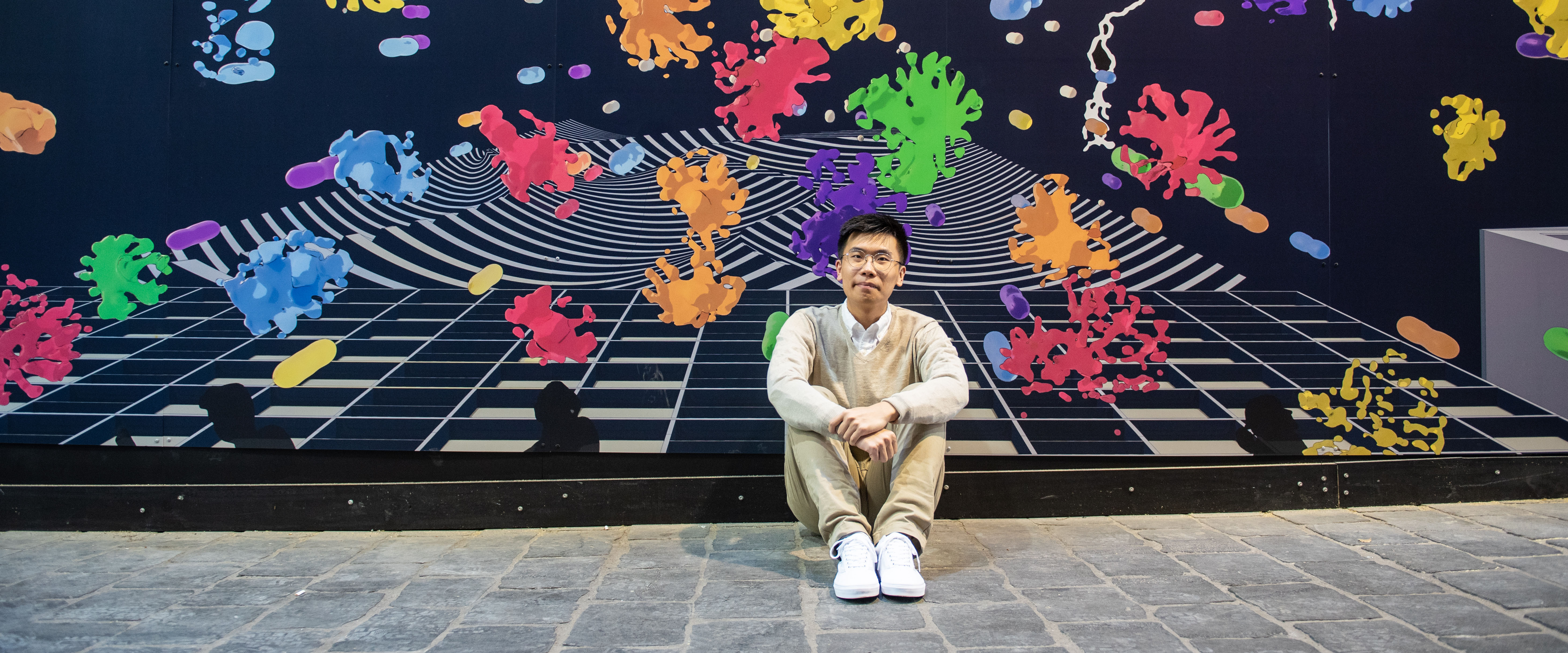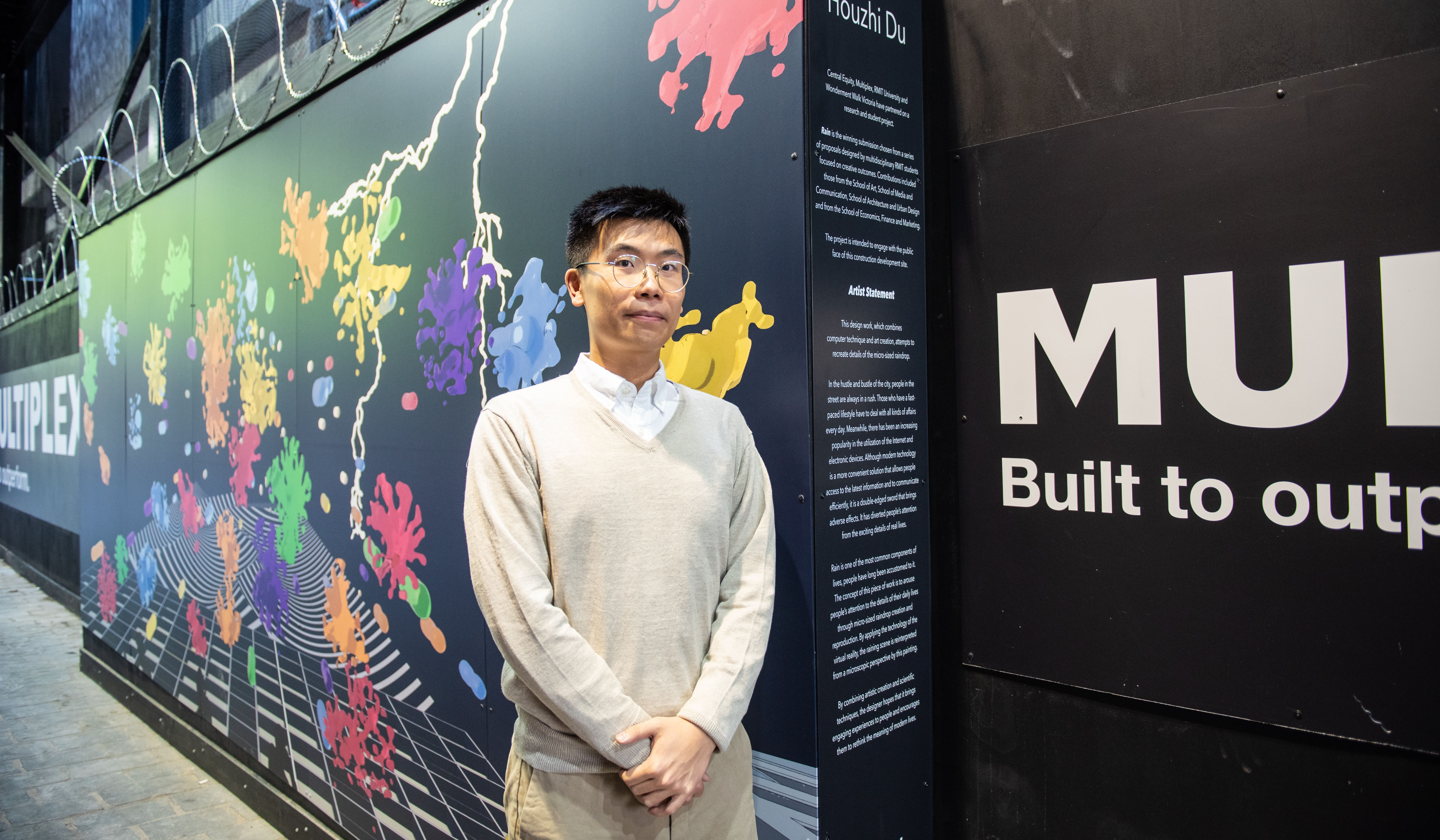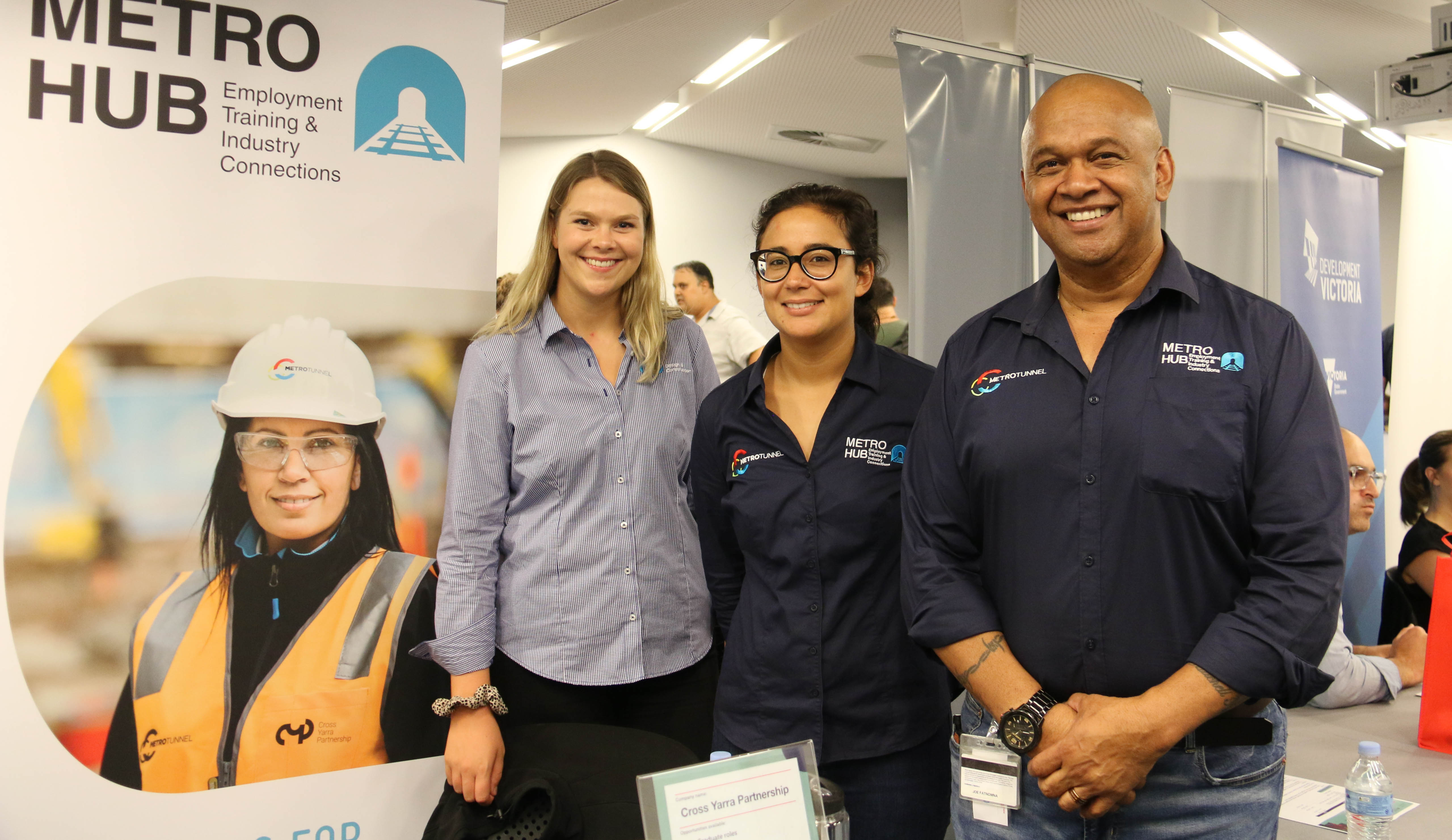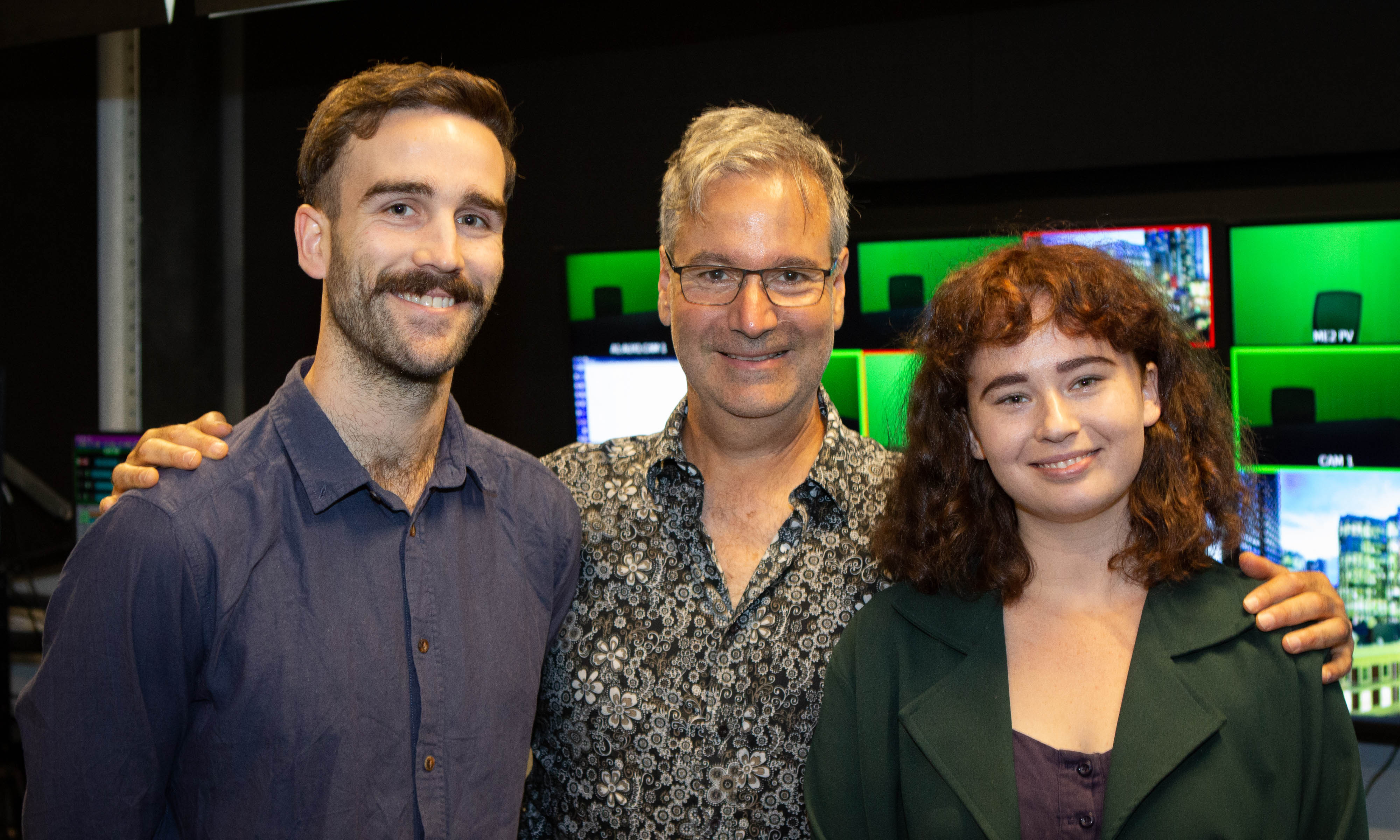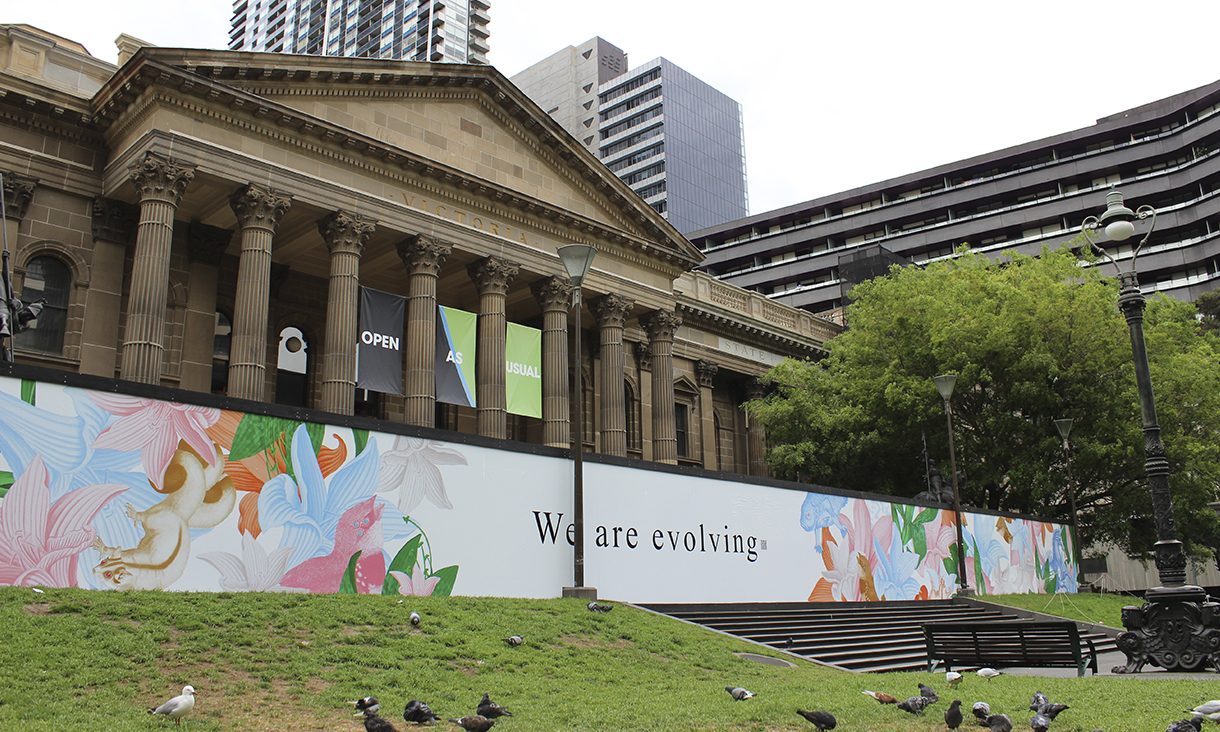RMIT becomes an Adobe Creative Campus
RMIT has announced it will provide all students and staff individual subscriptions of Adobe Creative Cloud to further promote digital literacy skills and digital innovation.
Indigenous Careers Fair connects Aboriginal and Torres Strait Islander students to industry leaders
RMIT University’s first Indigenous Careers Fair gave students an exclusive opportunity to network with industry leaders.
News in sixty seconds prepares students for the future
Journalism students are gaining valuable industry-ready experience by producing news bulletins for free-to-air TV.
RMIT student artwork brings State Library Victoria facade to life
Textile Design student Caro Pattle has transformed the Library’s entrance as part of the RMIT University and State Library joint initiative.
